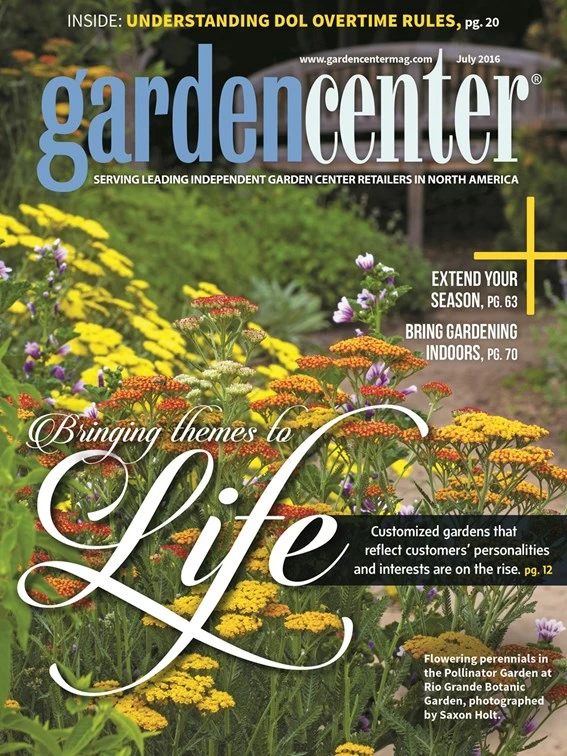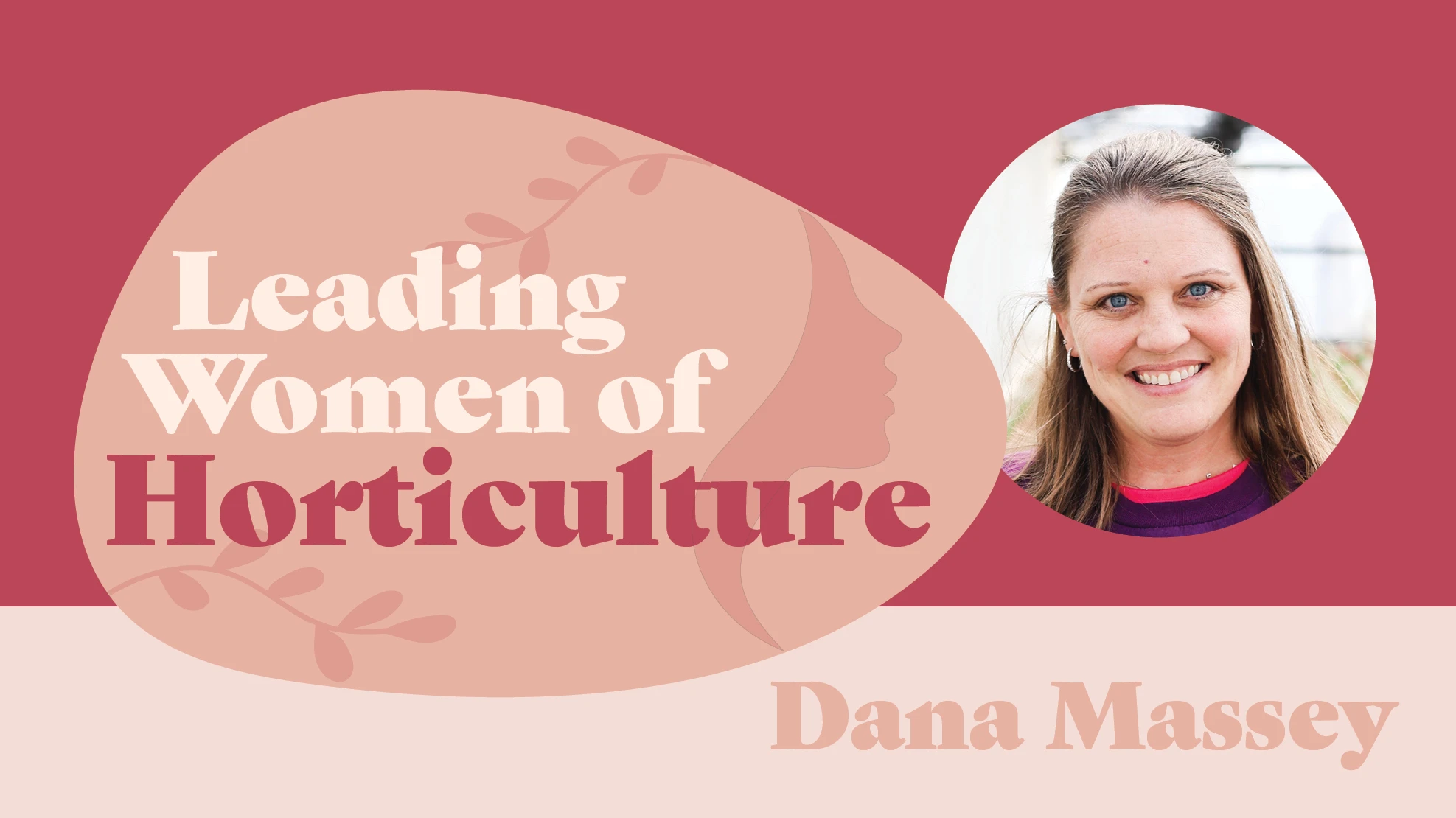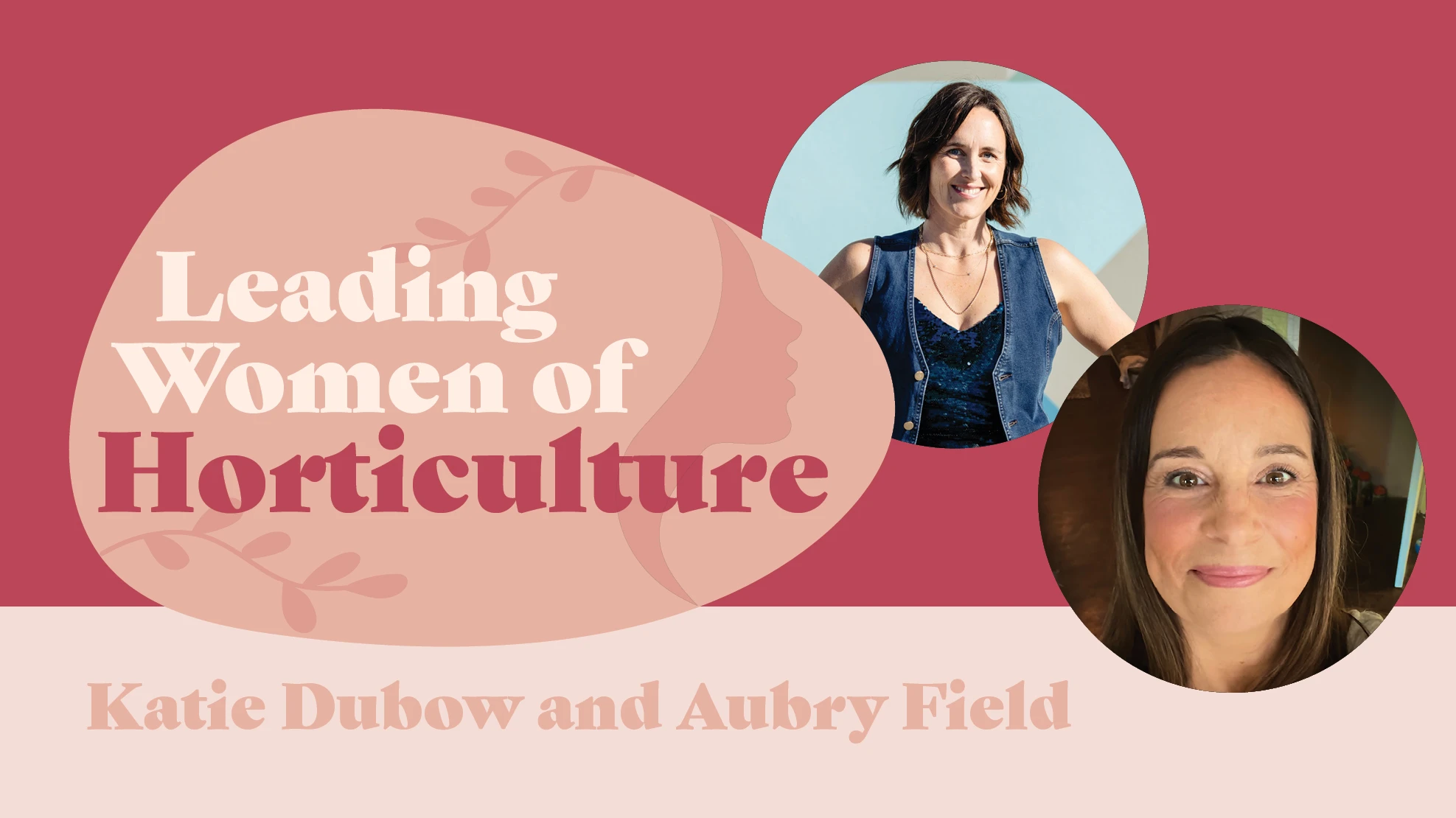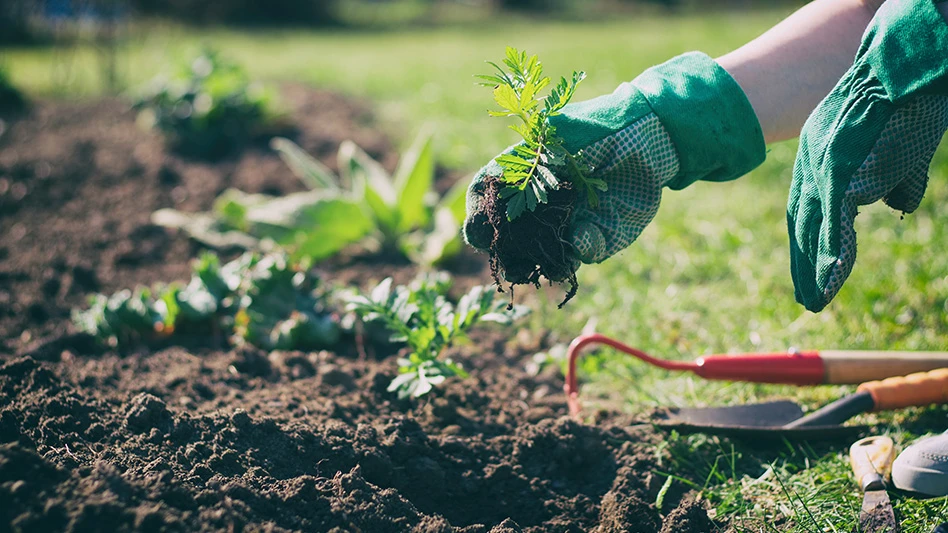To most of us, fall color means the glorious changing of autumn leaves. But just as the foliage transforms into brilliant yellows, oranges and reds, many trees and shrubs also display eye-catching fruits — much of it hanging on into winter long after the leaves have dropped. Quite a few varieties also attract wildlife, especially birds. Bring these plants forward in your fall displays, combined with bird feeders and birdseed, to encourage planting to feed wildlife, and further increase sales in autumn. Fall is also an ideal time to fertilize and protect trees from potential pest infestation.
These trees and shrubs show brightly colored fall fruit and are ideal for seasonal admiration.
Trees

Cornelian cherry (Cornus mas):
This tree produces cherry-like fruit that hangs among fall foliage that turns from yellow to red and produces yellowish flowers in early spring. Its fruit is favored by birds and is often used to make jams. Cornelian cherry trees are more resistant to anthracnose and dogwood borers than many other dogwoods. Best grown in USDA Zones 4 to 8.

Crabapple (Malus species):
The small, edible red, orange or yellow fruit produced by this tree hang on long into winter and are loved by birds. In the spring, it produces fragrant, white to pink or red flowers. Choose disease resistant varieties such as ‘Calloway’ with large, red fruit, ‘Royal Raindrops’ with purple foliage and small red fruit with orange-red fall color, and ‘Harvest Gold’ with yellow fruit. Cross-pollination from another variety may be necessary for best fruit production. Best growing zones vary by type.

Winter King Hawthorn (Crataegus viridis):
This mostly thornless variety is one of the most disease-resistant hawthorns that produces red crabapple-like fruit into winter and attracts birds. White spring flowers transform from red to a purplish-red color in the fall. Best grown in USDA Zones 4 to 7.

Hollies (Ilex species):
Hollies are well-known berry producers with tree types that include the evergreen American holly (I. opaca) and the deciduous possumhaw (I. decidua). Many of the shrub types can also be trained as small trees, and most attract birds. Male plants may be needed to produce fruit on female selections. Best growing zones vary by type.

Korean Mountain Ash (Sorbus alnifolia):
This ash produces white flowers in the spring that are followed by pink-to-orange fruit in the fall that attract birds. Its glossy, dark green leaves turn golden orange in fall and thrive best in cool, summer areas. Most are more pest resistant than other mountain ash but still can get fireblight. These can be tough to source. Best grown in USDA Zones 3 to 7.
Shrubs
Many common shrubs, including barberries, hollies, cotoneasters and pyracanthas have colorful fall fruit. Here are some to consider:
Red Chokeberry (Aronia arbutifolia):
This adaptable eastern native forms dense thickets and can withstand wet soils. Clusters of pink-to-white spring flowers are followed by bright red berries in the fall, complemented by glowing red fall foliage. ‘Brilliantissima’ is more compact and has larger, shiny berries and stunning fall color. Best grown in USDA Zones 4 to 9.

American Beautyberry (Callicarpa americana):
Dazzling violet-to-magenta berry-like fruits encircle the stem from fall into winter on this southeastern native. American Beautyberry is loved by many types of birds but does not produce noteworthy flowers. Best grown in USDA Zones 6 to 8.

Bayberry (Myrica pensylvanica):
This tough shrub produces grayish-white, waxy berries from fall into winter and is well-adapted to coastal conditions. You must have both male and female plants to produce fruit in this favorite of birds, but its flowers are not showy. Best grown in USDA Zones 3 to 7.

Heavenly Bamboo (Nandina domestica):
An adaptable evergreen shrub with finely cut foliage that turns bright colors in fall, Heavenly Bamboo can reseed and become invasive. Spikes of white flowers in spring are followed by large clusters of showy, usually orange-to-red fruit that lasts long into winter that attracts many birds. N. d. leucocarpa (‘Alba’) has yellowish-to-white fruit. Best grown in USDA Zones 6 to 9

Viburnum (Viburnum species):
This large family of deciduous and evergreen plants includes several species with brilliantly colored fall fruit. Many also offer beautiful autumn foliage color and sometimes fragrant, spring flowers. Favorites grown for their fruit include the red-fruit European cranberry bush (V. opulus), American cranberry bush (V. trilobum) and Linden viburnum (V. dilatatum). ‘Michael Dodge’ linden viburnum produces yellow fruit among bright red fall color. The fruit of Winterthur smooth wintered (V. nudum ‘Winterthur’) bears fruit that starts out green and changes to pink and red and onto black. In general, viburnums are not self-fruitful, so for best fruit production you should plant several different varieties of the same species or several species that bloom at the same time. Best growing zones vary by species.

Explore the July 2016 Issue
Check out more from this issue and find your next story to read.
Latest from Garden Center
- Brand Spotlight: Growing Sweet Success in Small Spaces with Butterfly Candy™ Buddleia
- Super Charged Moon Juice from Moon Valley Nurseries now available nationally
- 2025 Proven Winners Horticulture Scholarship applications now open
- Leading Women of Horticulture: Anna Ball, Ball Hort, and Terri McEnaney, Bailey Nurseries
- Dümmen Orange North America celebrating 25th anniversary in 2025
- Illinois Landscape Contractors Association changes name to Landscape Illinois
- Leading Women of Horticulture: Arden Pontasch, North Creek Nurseries
- Spring Meadow Nursery's Freedom Shelley finds joy in plants







